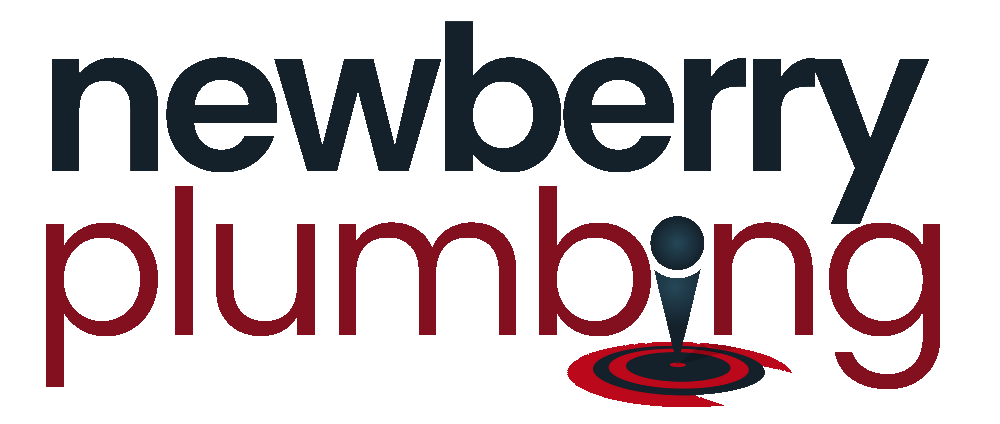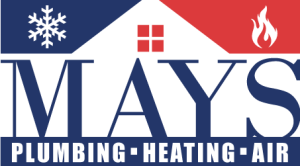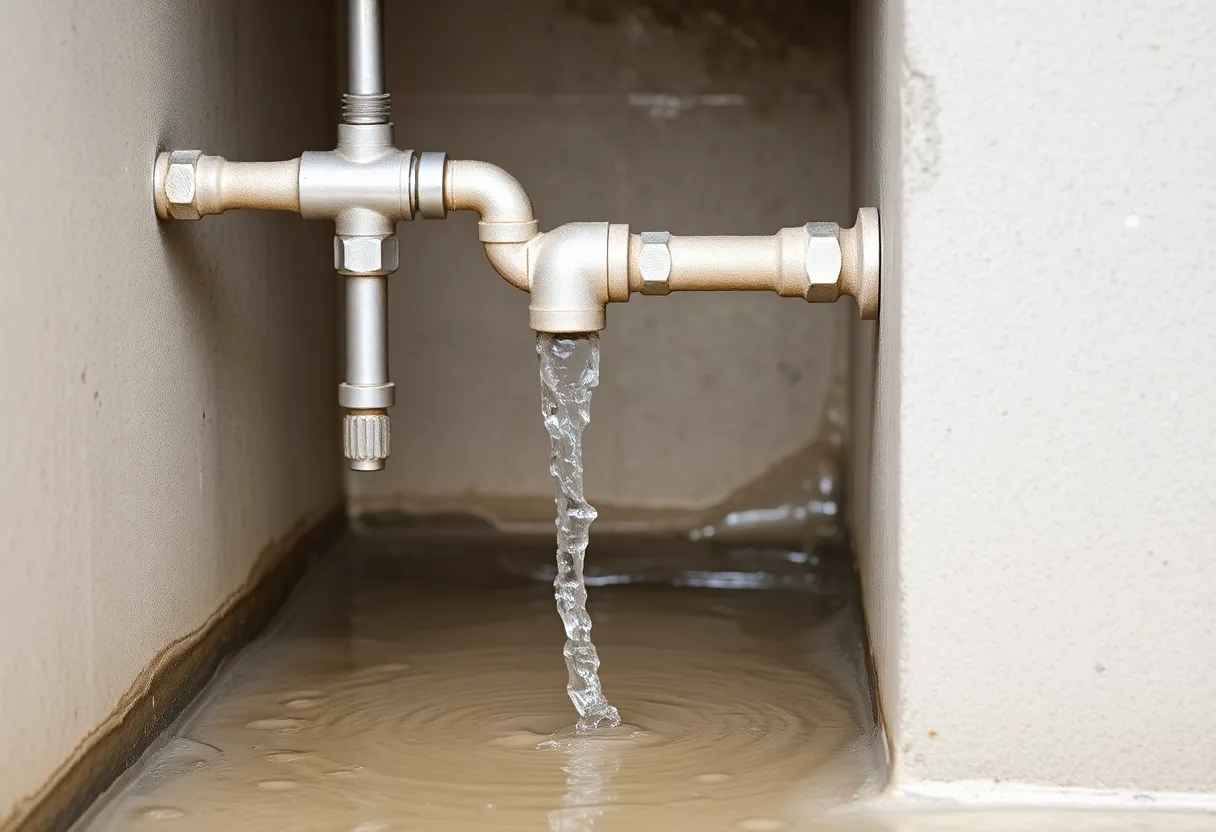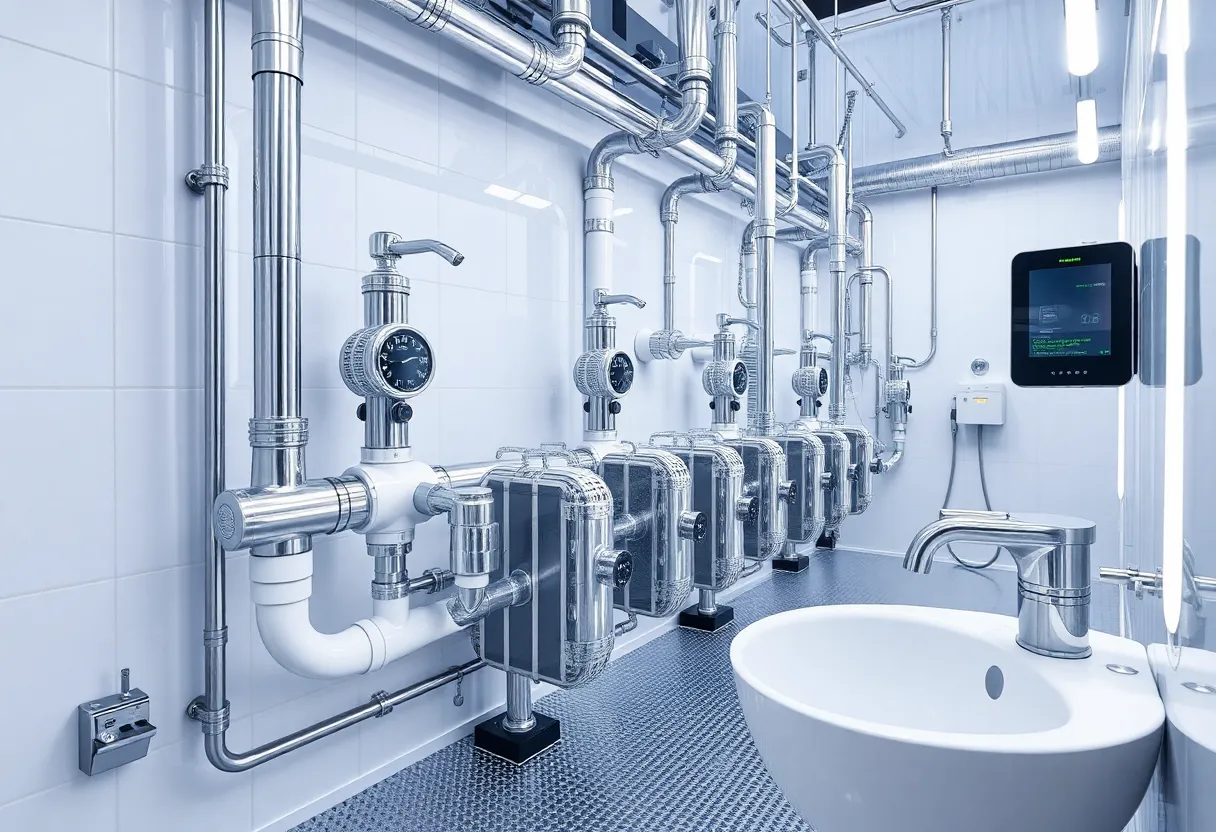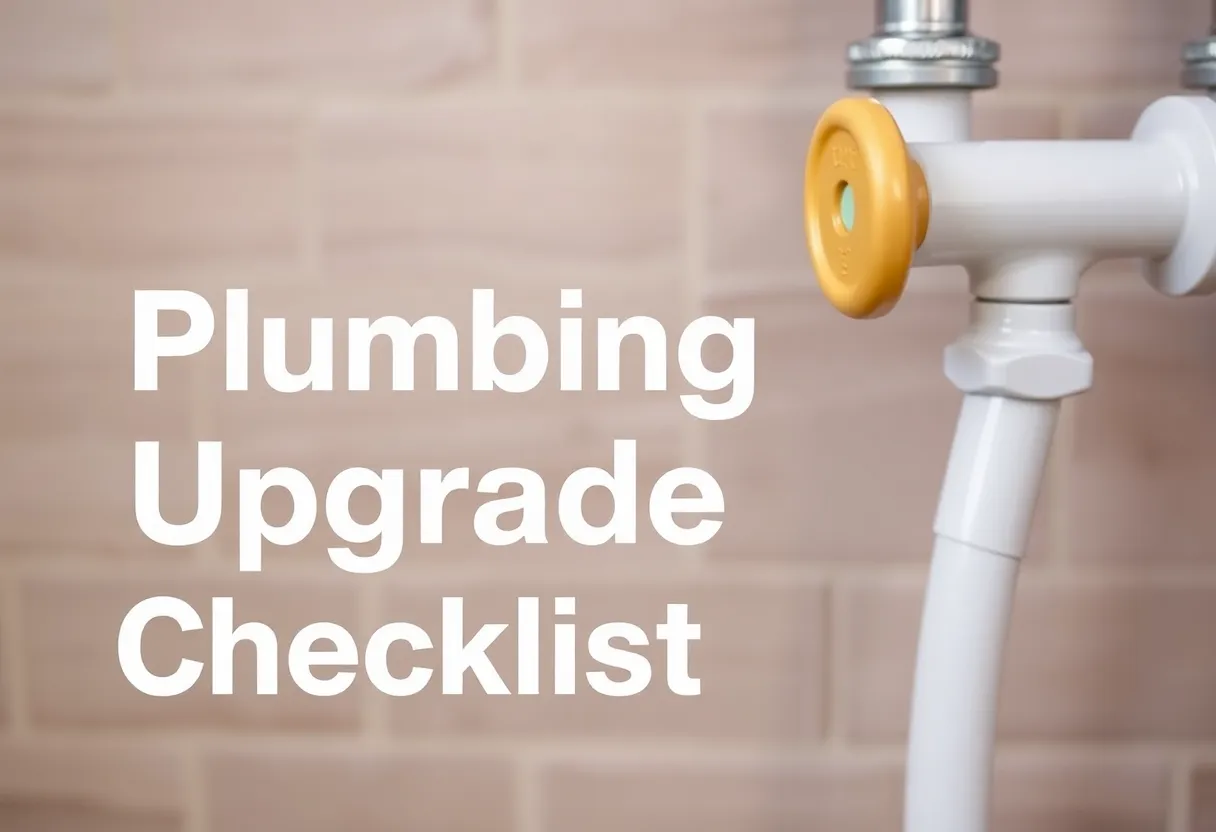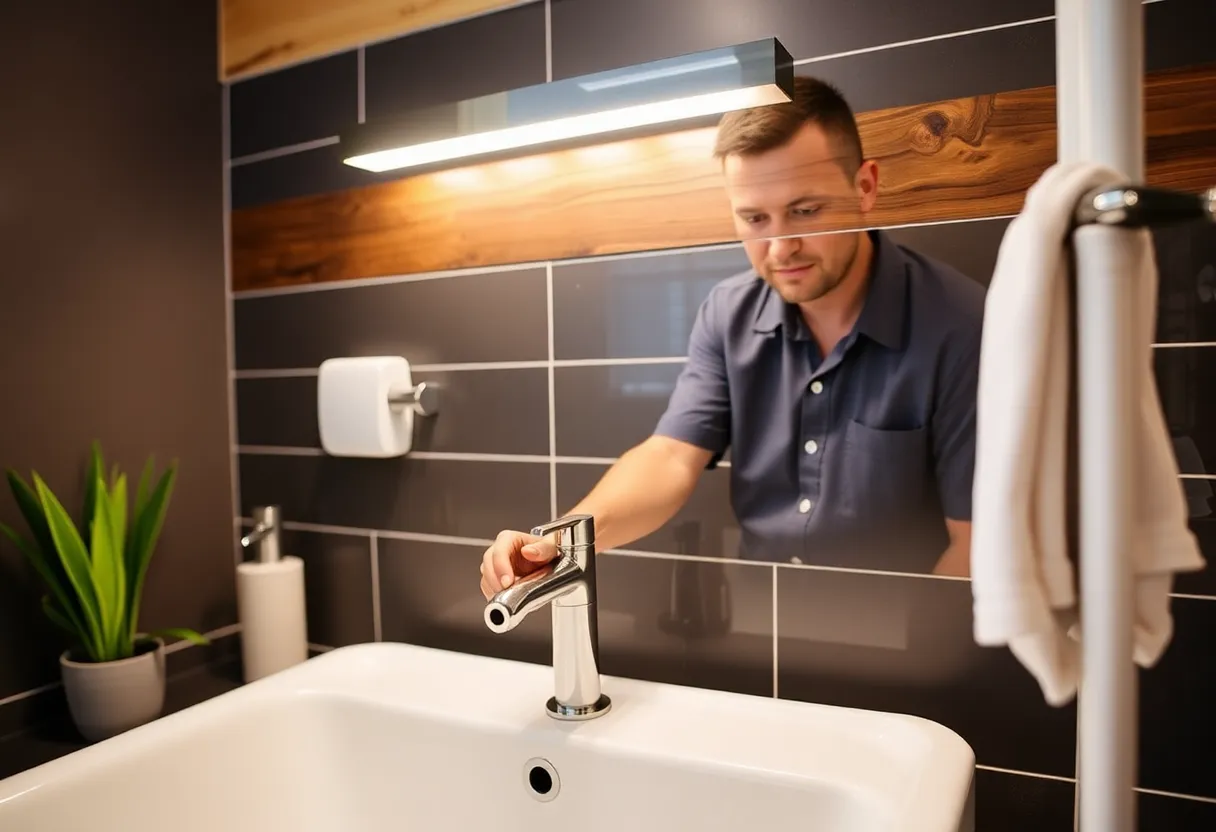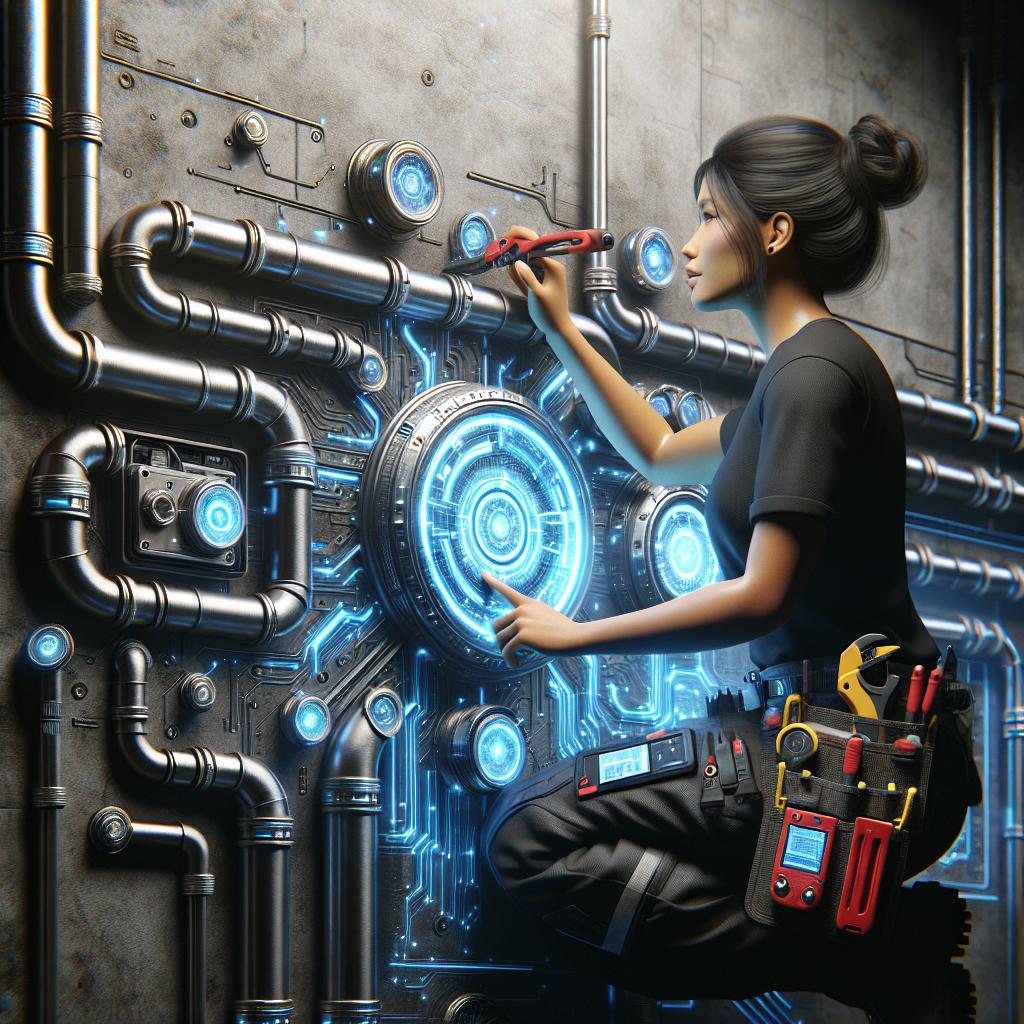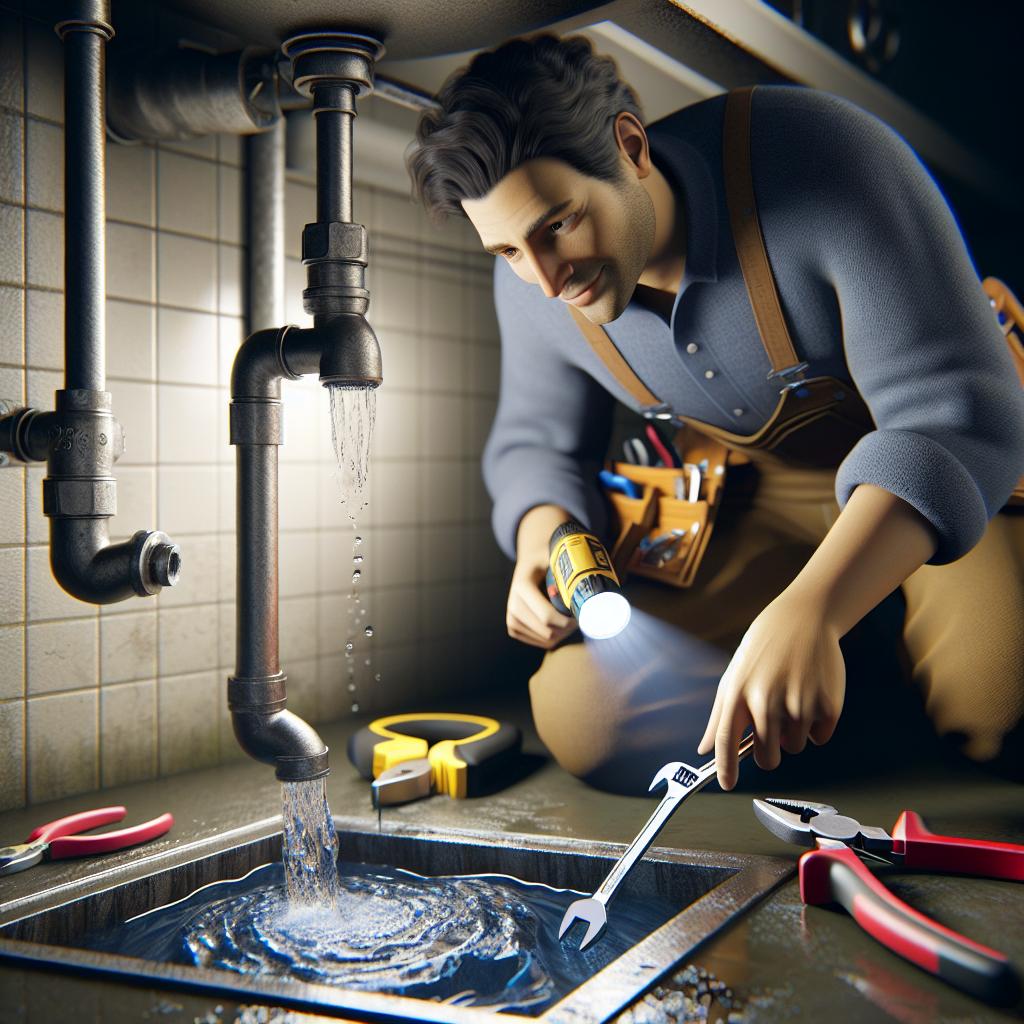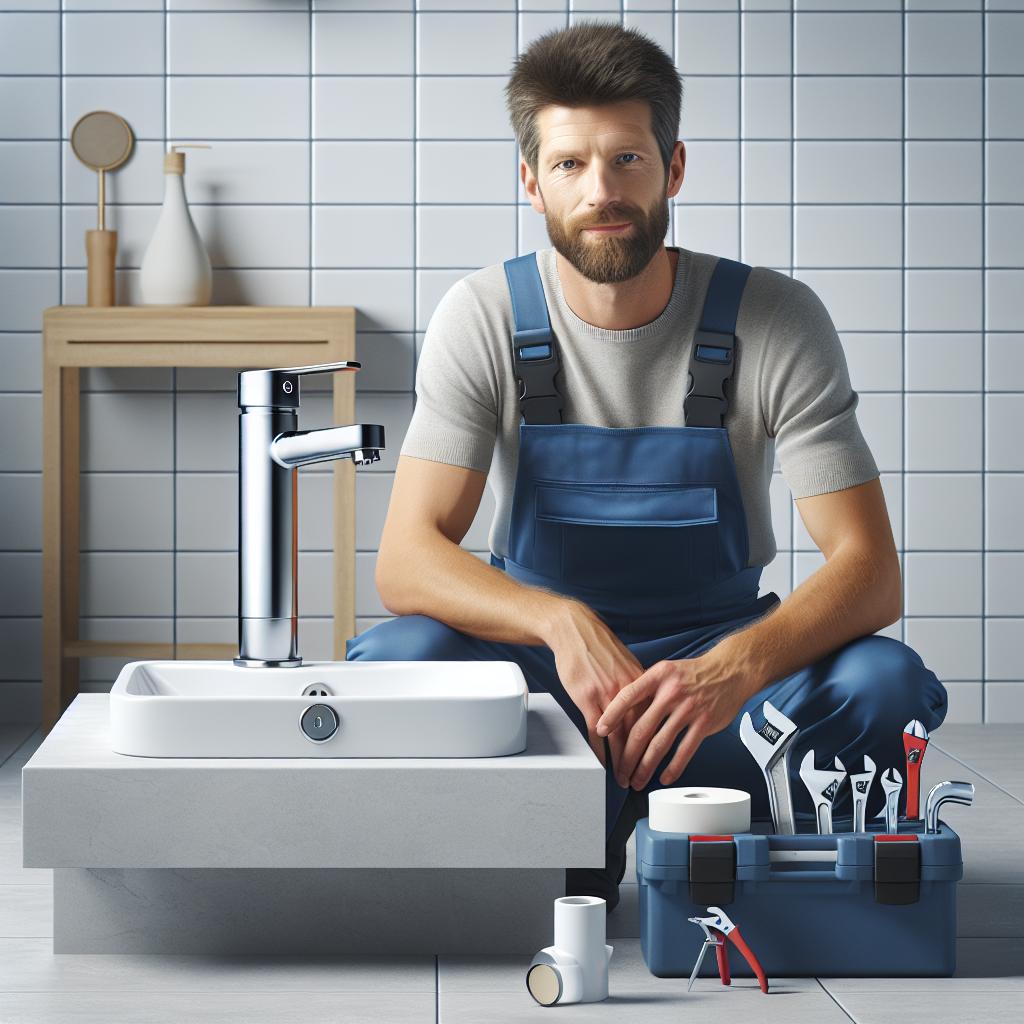The Plumbing Balance: 9 Essential Upgrades to Transform Your Home’s Water Efficiency and Comfort
Water is an essential resource in our daily lives. In addition to its need for consumption, it plays a vital role in maintaining our homes’ hygiene and comfort. However, inefficiencies in plumbing can lead to water waste and increased bills. Upgrading your plumbing can make a significant difference, not just in water efficiency but also in your overall home comfort. In this article, we will explore 9 essential upgrades to enhance water efficiency and transform your home’s comfort.
1. Install Low-Flow Fixtures
Low-flow fixtures are designed to reduce water consumption without compromising performance. These include showerheads, faucets, and toilets. By installing low-flow fixtures, homeowners can achieve a significant decrease in water usage, which can lead to lower water bills.
Benefits of Low-Flow Fixtures
- Water conservation: Low-flow fixtures use less water, contributing to environmental sustainability.
- Cost savings: Using less water translates to lower utility bills.
- Increased comfort: Many low-flow fixtures are designed to maintain or enhance pressure, providing a comfortable user experience.
2. Upgrade to High-Efficiency Toilets
Traditional toilets can use up to 3.5 gallons of water per flush. By upgrading to high-efficiency toilets (HETs), which use 1.28 gallons per flush or less, homeowners can conserve water and lower their overall consumption.
Why High-Efficiency Toilets?
High-efficiency toilets not only save water but also utilize advanced technology to provide powerful flushing capabilities. This technology ensures that waste is effectively removed while using minimal water, leading to significant cost savings over time.
3. Invest in a Water-Saving Showerhead
Showerheads can account for a significant portion of water use in the home. By investing in a water-saving showerhead, homeowners can enjoy a luxurious shower experience while using less water.
Choosing the Right Showerhead
- Look for ENERGY STAR ratings: These products have been tested for efficiency and performance.
- Select models with adjustable settings: These allow you to customize your water flow and pressure.
4. Add Aerators to Faucets
Aerators are small devices that attach to the end of faucets, introducing air into the water flow. This process decreases water use while maintaining the faucet’s pressure and performance.
Benefits of Faucet Aerators
- Easy installation: Aerators can be easily installed without the need for professional help.
- Versatility: Aerators are available for kitchen faucets, bathroom sinks, and even outdoor hoses.
- Instant savings: These devices can reduce water flow by 30% to 50%, leading to noticeable savings.
5. Replace Old Water Heaters with Efficient Models
Water heaters are essential for providing hot water, but older models can be energy hogs. By replacing an old water heater with a high-efficiency model, homeowners can save energy, reduce consumption, and enhance overall comfort.
Types of Efficient Water Heaters
- Tankless water heaters: These heaters provide hot water on demand and do not require a storage tank.
- Heat pump water heaters: Utilizing ambient air to heat water, these systems can significantly reduce energy use.
6. Implement a Rainwater Harvesting System
A rainwater harvesting system captures and stores rainwater for later use, typically for irrigation or other non-potable uses. Implementing such a system can reduce household reliance on municipal water sources and contribute to water conservation efforts.
Advantages of Rainwater Harvesting
- Cost savings: Harvested rainwater can significantly reduce water bills if used for irrigation or washing cars.
- Environmental benefits: Utilizing rainwater reduces the demand on local water supplies and decreases the risk of flooding.
7. Upgrade to a Smart Irrigation System
Smart irrigation systems utilize technology to optimize watering schedules according to weather conditions, moisture levels, and plant needs. By investing in a smart irrigation system, homeowners can enhance landscape health while conserving water.
Benefits of Smart Irrigation
- Increased efficiency: Intelligent scheduling ensures that plants receive only the water they need.
- Cost-effectiveness: Reducing unnecessary watering saves both water and money.
8. Install a Greywater Recycling System
Greywater recycling systems capture water from sinks, showers, and washing machines for reuse in irrigation or flushing toilets. This proactive approach to water management can dramatically reduce household water consumption.
Understanding Greywater Systems
- Types of greywater systems: Systems can range from simple diverters to more complex treatment setups.
- Benefits: Greywater recycling supports sustainability without requiring substantial infrastructure changes.
9. Regular Maintenance and Inspection
One of the most effective ways to ensure plumbing efficiency is through regular maintenance and inspections. Addressing leaks, clogs, and wear and tear promptly can prevent significant problems in the future.
Importance of Plumbing Maintenance
- Identify leaks early: Small leaks can waste gallons of water over time.
- Prevention: Regular inspections can help identify issues before they escalate into costly repairs.
Final Thoughts
Achieving a balance in your home’s plumbing system is essential for both water efficiency and overall comfort. By implementing the 9 essential upgrades discussed in this article, homeowners can enhance their living spaces, save on utility bills, and contribute positively to the environment. The most important takeaway is that each upgrade, no matter how small, contributes to a larger goal of sustainability and improved quality of life.
